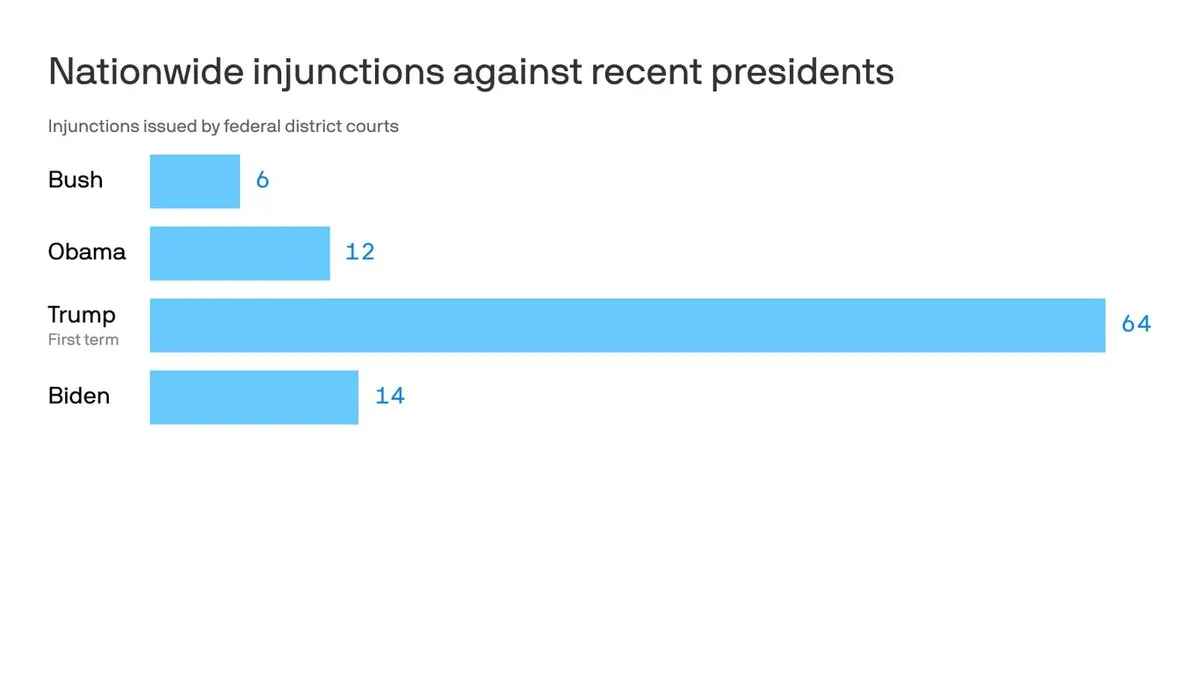
In recent years, the power of lower courts has significantly increased, particularly in relation to the actions of the president. This trend has sparked concerns about the balance of power within the U.S. government, as judges at various levels assert their authority over executive decisions. The implications of this growing judicial influence raise critical questions about the future of presidential power and the rule of law in the United States.
Former President Donald Trump finds himself in a precarious position as he faces numerous legal challenges that could reshape the political landscape. The judicial system is increasingly becoming a battleground for Trump, with lower courts playing a pivotal role in determining the outcomes of his legal battles. This shift marks a significant departure from traditional expectations of presidential immunity, as the courts step in to check the executive branch's power.
As Trump navigates these turbulent waters, the possibility of a court crisis looms large. If he chooses to defy court rulings or undermines the judicial process, the repercussions could be severe. Judges possess a range of tools to enforce their decisions, which could include contempt orders or even sanctions. Such actions would further complicate Trump's legal strategy and could lead to unprecedented confrontations between the executive and judicial branches.
The political climate surrounding Trump's legal troubles is rife with speculation and tension. As he faces mounting legal pressures, various political entities and legal experts are closely monitoring the situation. The increasing scrutiny from lower courts not only impacts Trump personally but also has broader implications for the Republican Party and its future direction. Navigating this landscape will require careful consideration of both legal strategies and political alliances.
The ongoing legal battles involving Donald Trump and the rising authority of the courts signal a transformative phase in American governance. The balance of power is shifting, and the implications for the presidency and the judicial system will be felt for years to come. As lower courts continue to assert their influence over executive actions, the question remains: how will this reshape the future of presidential power in the United States?